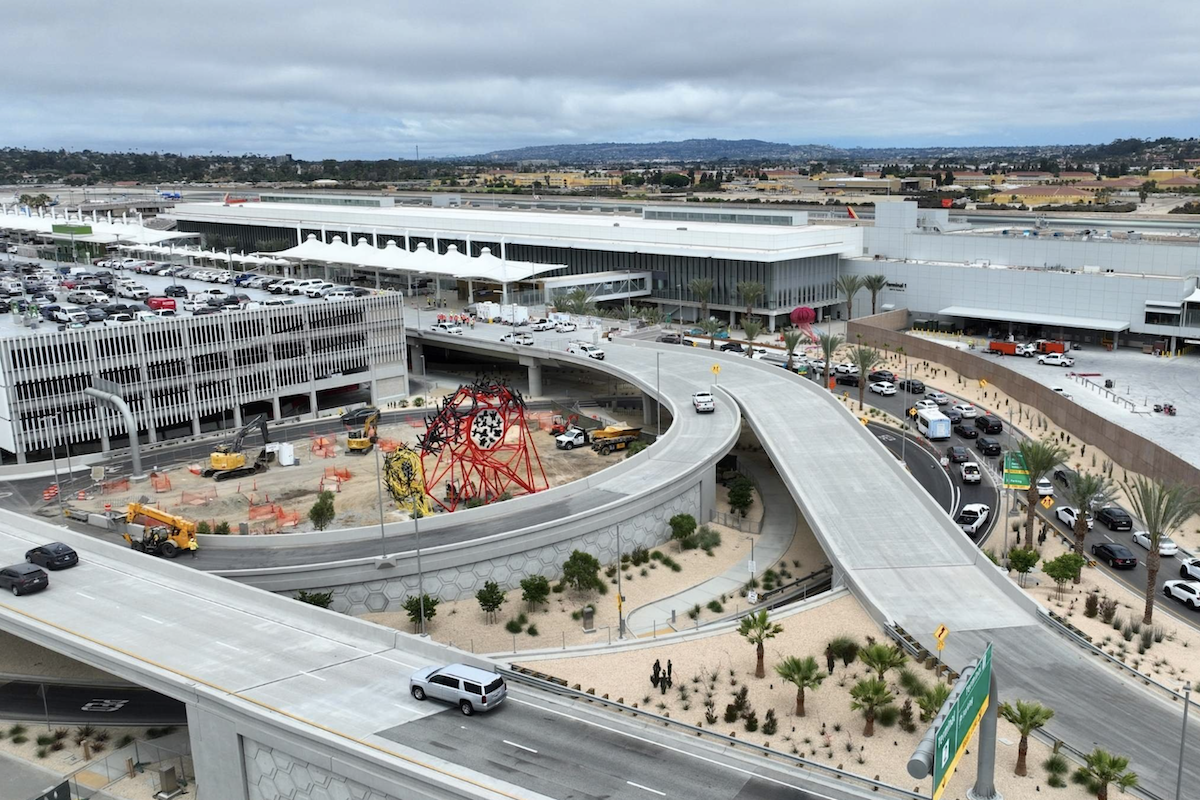The $2 billion is from three programs created by the Road Repair and Accountability Act of 2017 — the Solutions for Congested Corridors Program, the Trade Corridor Enhancement Program, and the Local Partnership Competitive Program — and includes three years of funding from 2020 to 2023. The commission will consider the staff recommendations at its next meeting on December 2, 2020.
“The projects we’re recommending will boost the state’s economy and help transform our transportation system to become more efficient,” said Commission Executive Director Mitch Weiss. “We’re proposing large investments in transit and bicycling projects that will take cars off our roads, reducing greenhouse gas emissions in support of our climate goals. We’re proposing investments in new lanes at choke points where trucks get stuck trying to move the goods our economy depends on, as well as carpool, express, and bus rapid transit lanes so people can get home from work faster to spend more time with their families.”
The proposed transit projects will make public transportation more accessible and reliable by adding new transit stations and modernizing and expanding services. The Bay Area Rapid Transit Train Control Modernization Project, for instance, would allow the system to run more trains per hour along the Transbay Corridor that moves people to and from San Francisco and the East Bay. Transit projects such as this are critical for getting more people out of their cars and moving California toward its goal of reducing greenhouse gas emissions to at least 40 percent below 1990 levels by 2030.
The freight sector, which is responsible for an estimated one-third of the state’s economy and jobs, also would benefit from projects to improve highway interchanges; add lanes at choke points for trucks; and upgrade truck inspection and border crossing facilities. For instance, the I-80 Cordelia Vehicle Enforcement Facility project would replace an outdated truck inspection facility along I-80 in Solano County with a new facility using "weigh-in-motion" scale technology, increasing freight volume by 8 million trucks over two decades.

| Your local Gomaco dealer |
|---|
| Terry Equipment |
The recommendations also include projects that feature multiple components to address diverse transportation needs along a single corridor. These projects can combine highway improvements, such as adding new merging lanes to smooth the flow of traffic and improve safety, with increased transit service and bicycle and pedestrian improvements on nearby streets, providing a safe alternative to driving. These “multimodal” corridors can encourage housing developments where residents can be less reliant on cars to get around.
Approximately 60 percent of the funding recommended would go to areas in Southern California and 40 percent to areas in Northern California, which reflects the funding distribution historically used for transportation projects in California. This geographic balance ensures communities throughout the state share equitably in the transportation benefits and the jobs created, which will help the state’s economic recovery.
The commission received 130 application requests for $3.7 billion — almost twice the funding available. Commission staff and staff from the California Department of Transportation evaluated the projects based on transportation, economic, environmental, and other criteria established by legislation and through public workshops. Teams of evaluators with various transportation backgrounds reviewed the project applications and ranked them according to the established criteria, and the highest-ranking projects within the funding constraints of each program are being recommended for commission approval.

































































